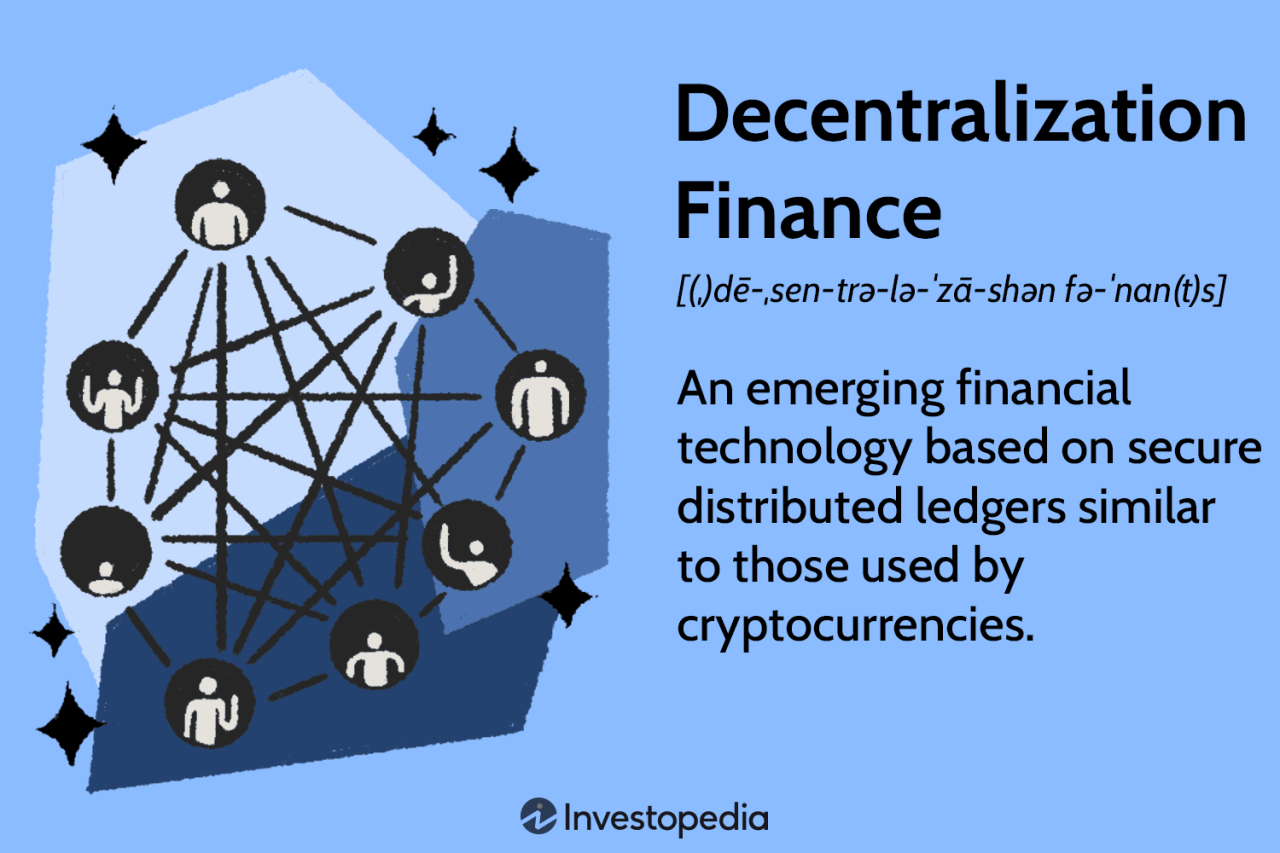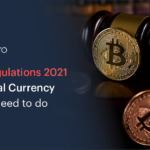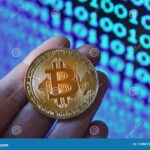Decoding DeFi: What It Means for the Future of Finance opens the door to understanding a revolution in financial systems. As decentralized finance continues to reshape how we interact with money, it brings forth exciting possibilities and challenges that every investor and financial enthusiast should grasp. This exploration delves into the core principles of DeFi, its impact on traditional finance, and the innovations that make it a significant player in the global economy.
In this context, we will highlight how decentralized applications are changing the landscape of financial services, enabling individuals to access protocols without intermediaries. We’ll also discuss the implications for financial inclusivity, the risks involved, and the technological advances that are driving this movement forward.
In today’s fast-paced digital age, the importance of effective communication cannot be overstated. The way we convey our thoughts and ideas has evolved significantly, thanks to advancements in technology and the rise of social media platforms. As such, it is crucial for individuals and organizations alike to adapt their communication strategies to remain relevant and impactful in this ever-changing landscape.One major aspect of effective communication is understanding your audience.
Knowing who you are speaking to can greatly influence how you present your message. For instance, communicating with young adults on platforms like Instagram may require a more casual and visually engaging approach, while addressing a corporate audience in a formal setting might necessitate a more structured and professional tone. This adaptability in communication style not only enhances the clarity of the message but also fosters a deeper connection with the audience.Another key element of successful communication is clarity.
In a world where information is abundant and attention spans are shorter than ever, conciseness is crucial. Crafting messages that are straightforward and devoid of jargon can help ensure that your audience grasps your points quickly and retains the information shared. Utilizing bullet points, headings, and even visuals can also aid in breaking down complex information, making it more digestible for the audience.Additionally, the use of storytelling is a powerful tool in communication.
Humans are naturally drawn to stories as they evoke emotions and create a relatable context. By weaving narratives into your communication, whether it be through sharing personal experiences, case studies, or even hypothetical scenarios, you can create a memorable connection with your audience. This approach not only makes your message more engaging but also allows your audience to see the real-world implications of your points.Moreover, active listening plays an essential role in the communication process.
It is not enough to simply relay information; being open to feedback and engaging in dialogue is equally important. Active listening involves not just hearing the words but also understanding the underlying emotions and intentions behind them. This two-way communication fosters trust and respect, encouraging a more meaningful exchange of ideas. When your audience feels heard, they are more likely to respond positively to your message.In today’s world, non-verbal communication is also a significant aspect to consider.
Body language, facial expressions, and even tone of voice can impact how a message is perceived. For example, confidence can be conveyed through posture and eye contact, while a warm tone can make a message feel more inviting. Being mindful of these non-verbal cues can enhance the effectiveness of your communication, ensuring that your message is received as intended.Furthermore, the medium through which you communicate can also shape the effectiveness of your message.
In an era dominated by digital communication, platforms such as email, social media, and messaging apps are frequently used. Each platform has its unique characteristics, and understanding them can enhance your communication strategy. For instance, while emails may be suitable for more formal correspondence, social media allows for a more casual and creative expression of ideas. Tailoring your message to fit the medium can lead to better engagement and understanding.It is also essential to be aware of cultural differences in communication.
As our world becomes more interconnected, we often find ourselves interacting with individuals from diverse backgrounds. Cultural norms can greatly influence communication styles, including the use of directness, formality, and even gestures. Being sensitive to these differences and adapting your approach accordingly can prevent misunderstandings and foster a more inclusive environment.Moreover, the rise of remote work and virtual communication has introduced new challenges and opportunities for effective communication.

With teams working from different geographical locations, utilizing video conferencing tools has become commonplace. However, this shift brings its own set of hurdles, such as technical issues, varying time zones, and the absence of in-person cues. Therefore, it is vital to establish clear guidelines and protocols for virtual communication, ensuring that all team members are on the same page.Lastly, continuous improvement is key to honing your communication skills.
Whether through formal training, workshops, or seeking feedback from peers, actively working on enhancing your abilities can yield significant dividends. Embracing a growth mindset and being open to learning from experiences can help you navigate the complexities of communication more effectively.In conclusion, effective communication is a multifaceted skill that requires adaptability, clarity, storytelling, active listening, awareness of non-verbal cues, consideration of the medium, cultural sensitivity, and a commitment to continuous improvement.
By focusing on these elements, individuals and organizations can enhance their communication strategies, foster stronger relationships, and ultimately achieve their goals. As we continue to navigate the complexities of the digital age, mastering the art of communication will undoubtedly remain a vital component of success.



